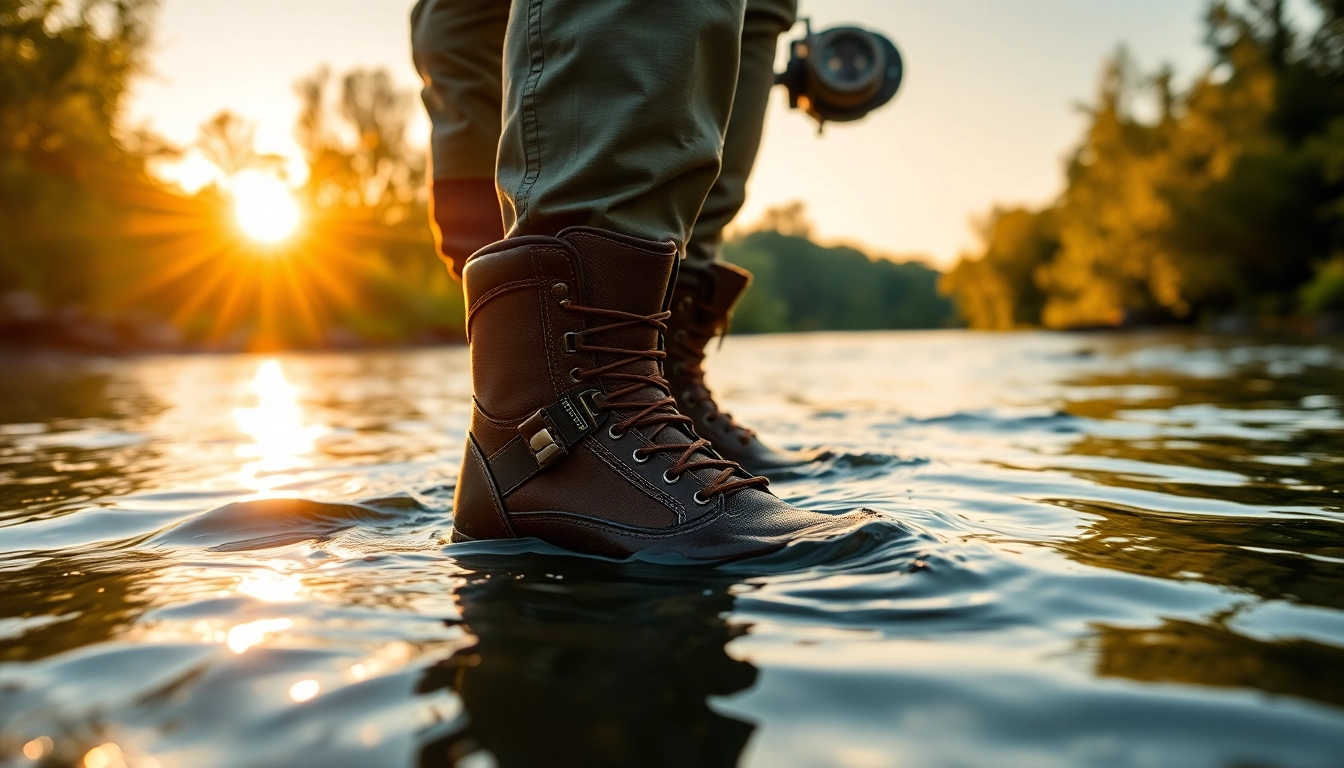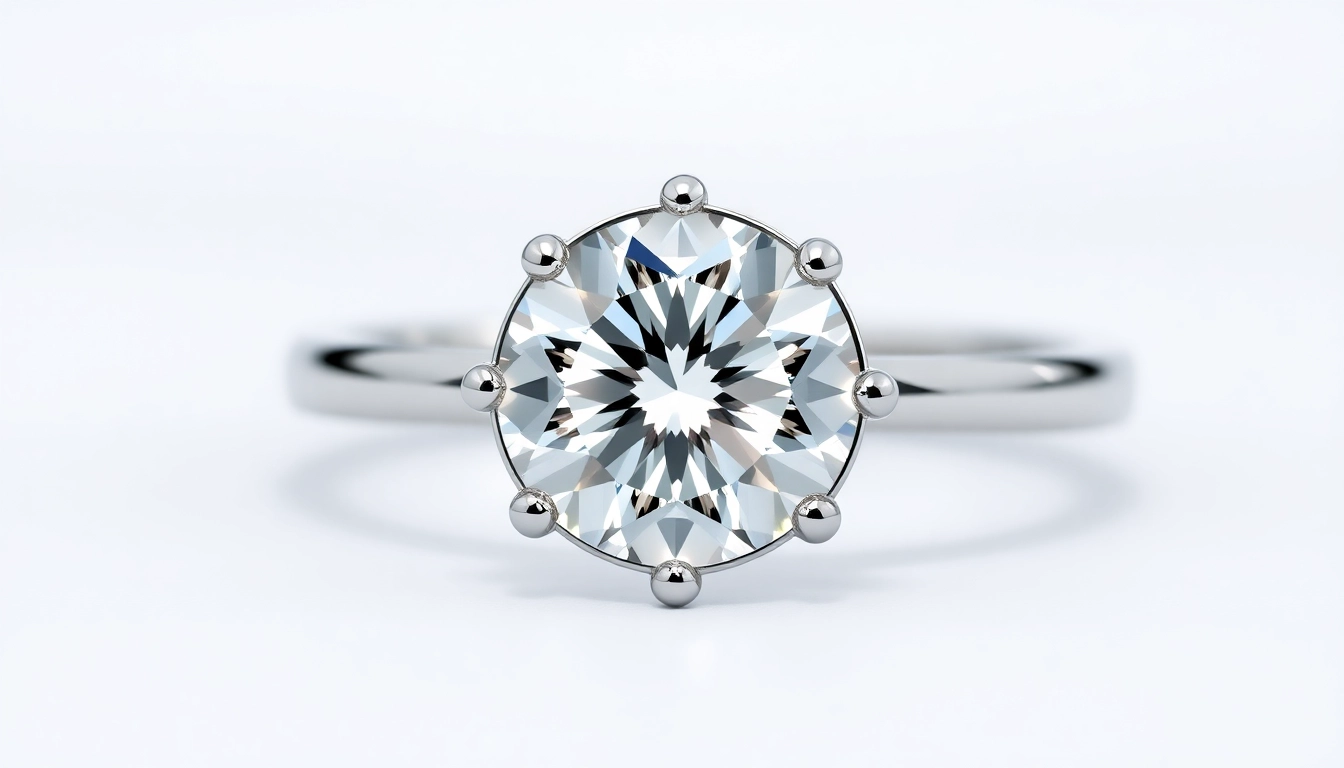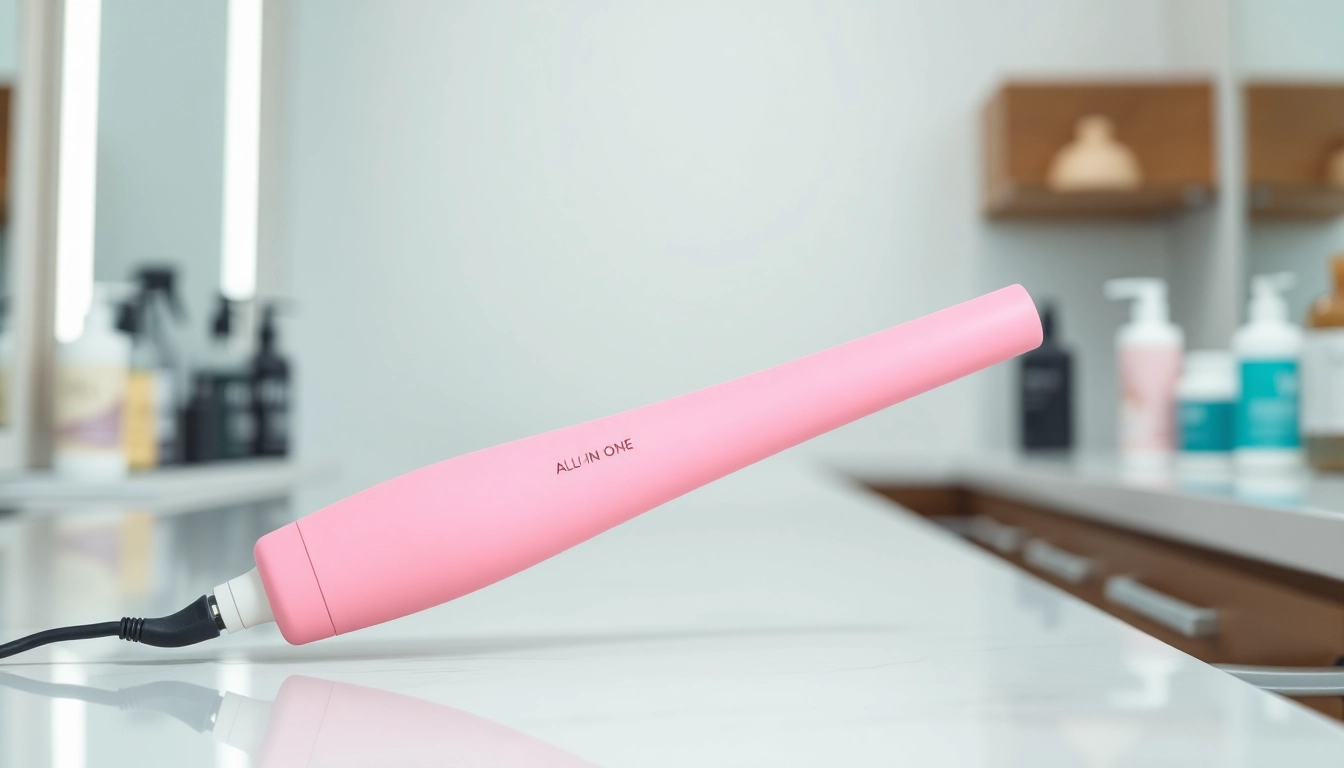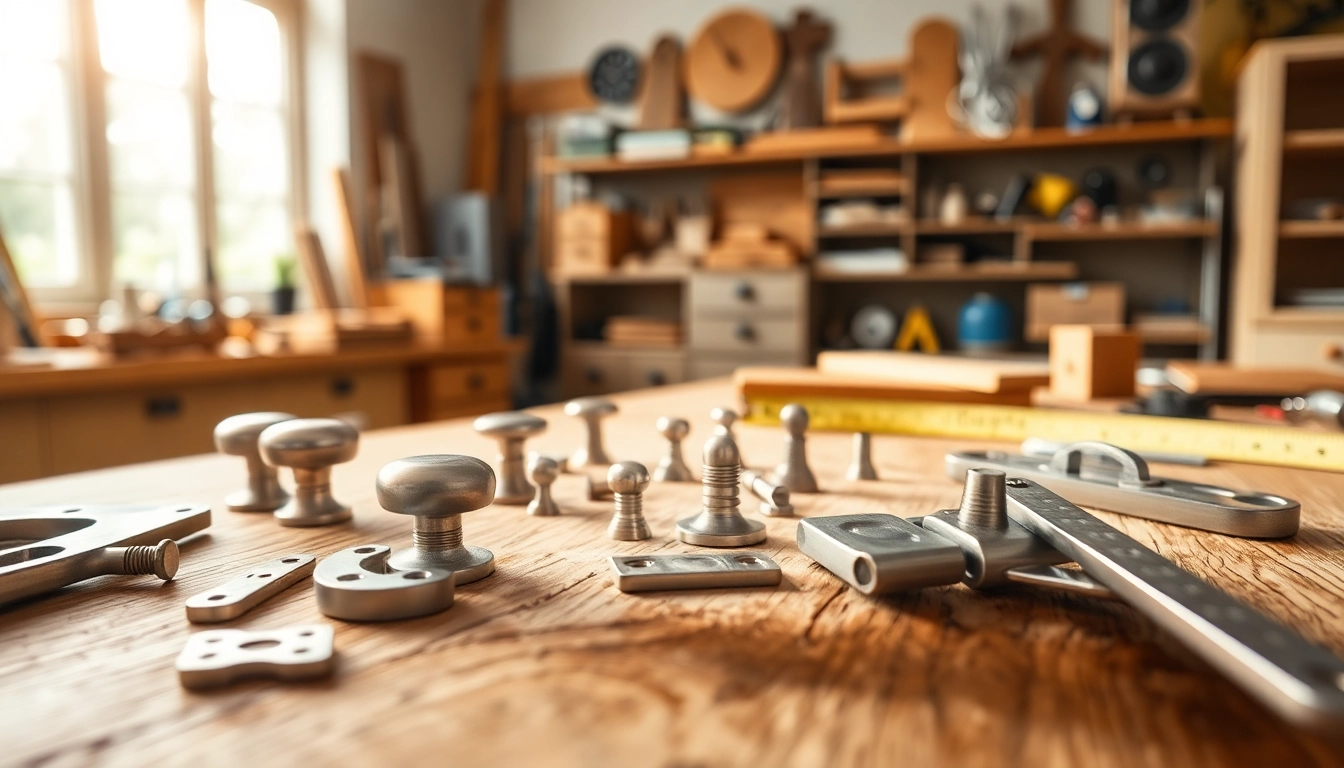Understanding Fly Fishing Boots
When it comes to enhancing your fly fishing experience, one of the most critical pieces of gear to consider is your footwear. The right pair of fly fishing boots not only helps keep you comfortable but also plays a vital role in ensuring safety on slippery rocks and uneven terrain. With various types, models, and features available, understanding fly fishing boots is essential for both novice and experienced anglers alike.
Types of Fly Fishing Boots
There are several types of fly fishing boots designed for different conditions and environments. Depending on where you fish, your selection may vary considerably:
- Wading Boots: These boots are designed specifically for entry into rivers, streams, and lakes. Usually equipped with felt or rubber soles, they provide traction on wet surfaces.
- Bootfoot Waders: A combination of waders and boots, these keep you fully dry while also providing foot support. They are ideal for cold-weather fishing.
- Lightweight Breaches: If you’re planning to fish in warmer waters, consider lightweight options made of breathable materials that allow for greater mobility.
- High-top vs. Low-top: High-top boots offer extra ankle support, ideal for rough terrains, while low-top designs provide better agility and comfort in flat waters.
Key Features to Consider
When choosing fly fishing boots, several key features can greatly enhance your fishing sessions:
- Sole Material: Most boots come with either rubber or felt soles. Rubber soles are more durable and perform better on rocky surfaces, while felt soles provide better traction on slippery stones but can wear out faster.
- Weight: Lightweight boots are preferable for long hikes to fishing spots. Look for boots that balance durability and weight.
- Waterproofing: Quality waterproof materials keep your feet dry and comfortable during prolonged exposure to water.
- Breathability: If you’re fishing in warmer climates, breathable materials help maintain comfort levels.
- Ankle Support: Consider the level of ankle support you need based on the water and terrain you’ll be navigating. High-top designs offer additional safety.
Benefits of Quality Fly Fishing Boots
Investing in quality fly fishing boots pays dividends in both comfort and performance:
- Enhanced Comfort: A well-fitted boot reduces fatigue, allowing for longer fishing trips without discomfort.
- Increased Safety: Quality boots provide necessary grip and support on challenging surfaces, reducing the risk of slips and falls.
- Durability: Quality materials and craftsmanship mean your boots will withstand the rigors of outdoor use, leading to a better long-term investment.
- Improved Performance: The right boots enable easier movement in and out of the water, enhancing your overall fishing technique.
How to Select Fly Fishing Boots
Selecting the right fly fishing boots requires careful consideration of several factors. Here are some essential tips to help you make the best choice:
Size and Fit Considerations
A proper fit is critical to ensure comfort and performance:
- Measure Your Feet: Make sure to measure both feet, as one foot may be larger than the other. Always choose the size based on your larger foot.
- Consider Sock Thickness: The types of socks you plan to wear matter. If you prefer thicker socks, account for this when selecting your size.
- Try Before You Buy: If possible, try on various brands, as sizes may vary significantly between manufacturers. Make sure there’s enough room for toe movement, but not so much that your foot slides around.
Materials and Technology
The materials used in fly fishing boots can significantly affect performance:
- Neoprene: Common for bootfoot waders, neoprene is excellent for insulation but can be less breathable.
- Gore-Tex: This material provides superior waterproofing and breathability, keeping your feet dry while allowing moisture to escape.
- Rubber vs. Felt Soles: As mentioned before, choose based on the environment you’ll be fishing in. Rubber is versatile, while felt is exceptional on slippery surfaces.
Price vs. Value Analysis
Finding a balance between price and quality is pivotal:
- While cheaper boots may save you money initially, they may sacrifice comfort and durability, leading to additional costs in the long run.
- Investing in mid-range to high-end options may offer greater value through enhanced performance, longevity, and advanced features.
- Always consider warranty options; reputable brands often offer warranties that contribute to long-term value.
Caring for Your Fly Fishing Boots
Taking proper care of your fly fishing boots will extend their lifespan and performance:
Cleaning and Maintenance Tips
Regular cleaning routines help maintain the boots’ integrity:
- Rinse After Use: Always rinse your boots with clean water after each use to remove dirt and debris.
- Use Mild Detergents: If necessary, clean with non-abrasive soap or specialized boot cleaners.
- Dry Properly: Avoid direct sunlight when drying. Instead, allow them to air dry. Stuff them with newspaper to help absorb moisture and retain shape.
Storage Best Practices
Proper storage protects your investment:
- Avoid Damp Locations: Store your boots in a cool, dry place to prevent mildew and mold.
- Use Boot Trees: Consider using boot trees or stuff them with newspaper to keep their shape while stored.
Signs It’s Time for a Replacement
Knowing when to replace your fly fishing boots is essential:
- Worn Soles: If you notice significant wear on the soles, traction will be compromised.
- Structural Damage: Look for cracks, tears, or broken straps that may affect performance and comfort.
- Increased Discomfort: If you find your boots causing discomfort or no longer fitting well, it may be time to invest in a new pair.
Top Brands and Models of Fly Fishing Boots
While avoiding mentions of specific brands, understanding trending designs and features can guide your choices:
Popular Features of Leading Models
Innovative features can significantly affect your fly fishing experience:
- Quick-Drying Materials: Look for models that emphasize quick-drying capabilities, ensuring comfort after wet wading.
- Added Cushioning: Padding in the soles enhances comfort for longer fishing sessions.
- Customizable Fit: Models featuring adjustable laces or straps can provide a more tailored fit specific to your feet.
Comparative Reviews of Styles
While focusing on performance metrics, it helps to compare styles based on your preferences:
- Stability vs. Agility: If you prioritize stability, lean toward higher, supportive models; for agility, lower cuts may be preferable.
- Water Temperature Consideration: Some models excel in warmer conditions due to breathability, while others have thermal features suitable for colder environments.
Customer Experiences and Feedback
Gauging customer experiences offers valuable insights:
- Product Longevity: Many reviews highlight the durability of quality boots, often justifying the higher price point.
- Comfort Ratings: Look for common mentions of comfort across different terrains and water conditions among users.
Enhancing Your Fly Fishing Experience
Your boots are just one aspect of your fly fishing gear. Here’s how to enhance the overall experience:
Combining Boots with Other Gear
A well-rounded setup enhances your effectiveness:
- Layering with Waders: Ensure your boots fit well with your waders for a complete waterproof system.
- Matching with Other Fishing Gear: Selecting appropriate socks, fishing vests, and equipment that complement your boots can enhance comfort and functionality.
Tips for Effective Fly Fishing
For the best fishing experience, consider these strategies:
- Regular Practice: Like any skill, consistent practice will improve your fly fishing technique over time.
- Know the Water: Understand the body of water you’re fishing in, as different environments call for different techniques.
Environmental Considerations and Sustainable Practices
Being an ethical angler contributes to long-term sustainability:
- Clean Footwear: Ensure your boots do not transfer invasive species from one waterway to another.
- Choose Eco-Friendly Brands: Whenever possible, look for brands that prioritize sustainability in their manufacturing processes.



